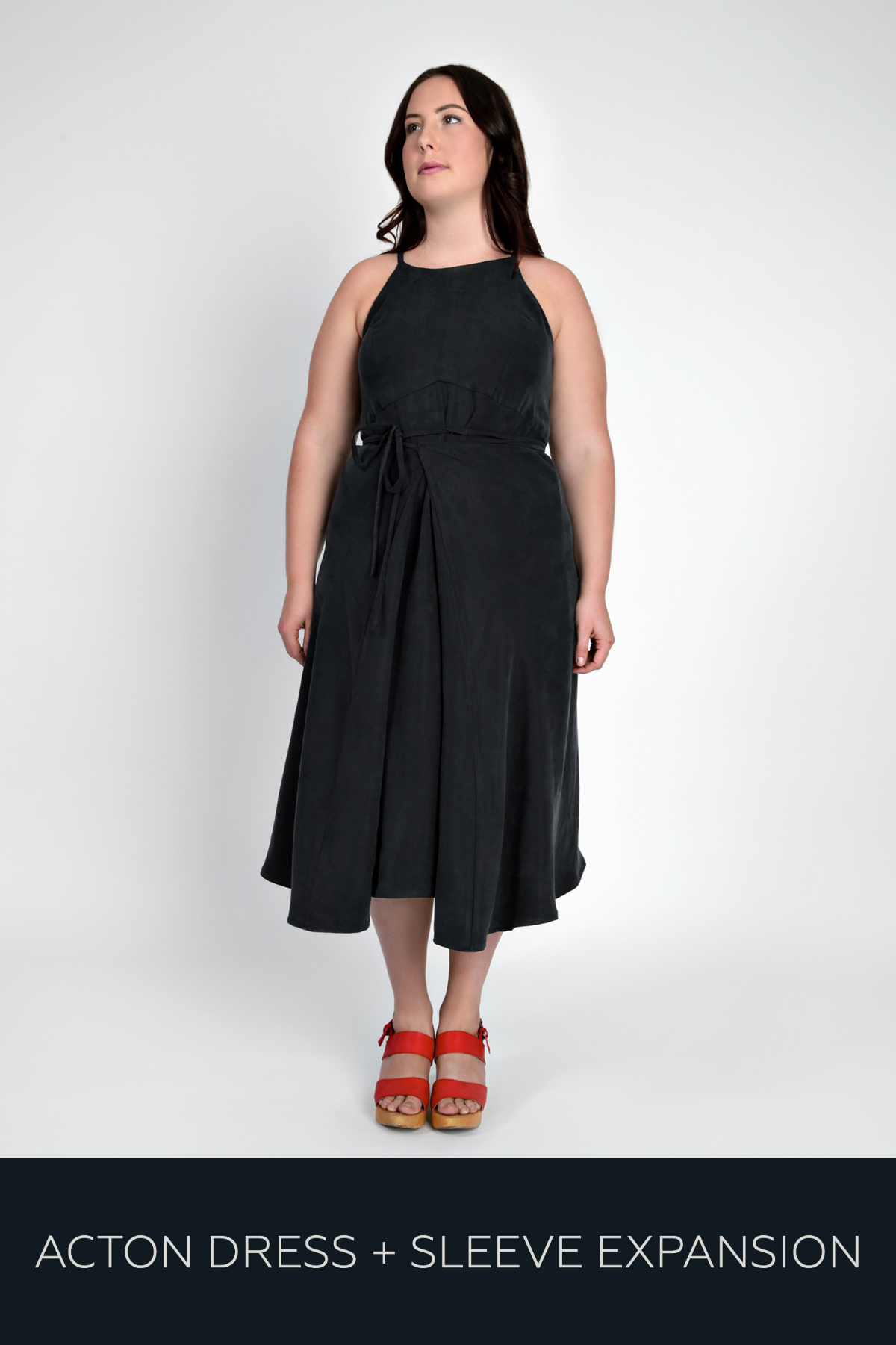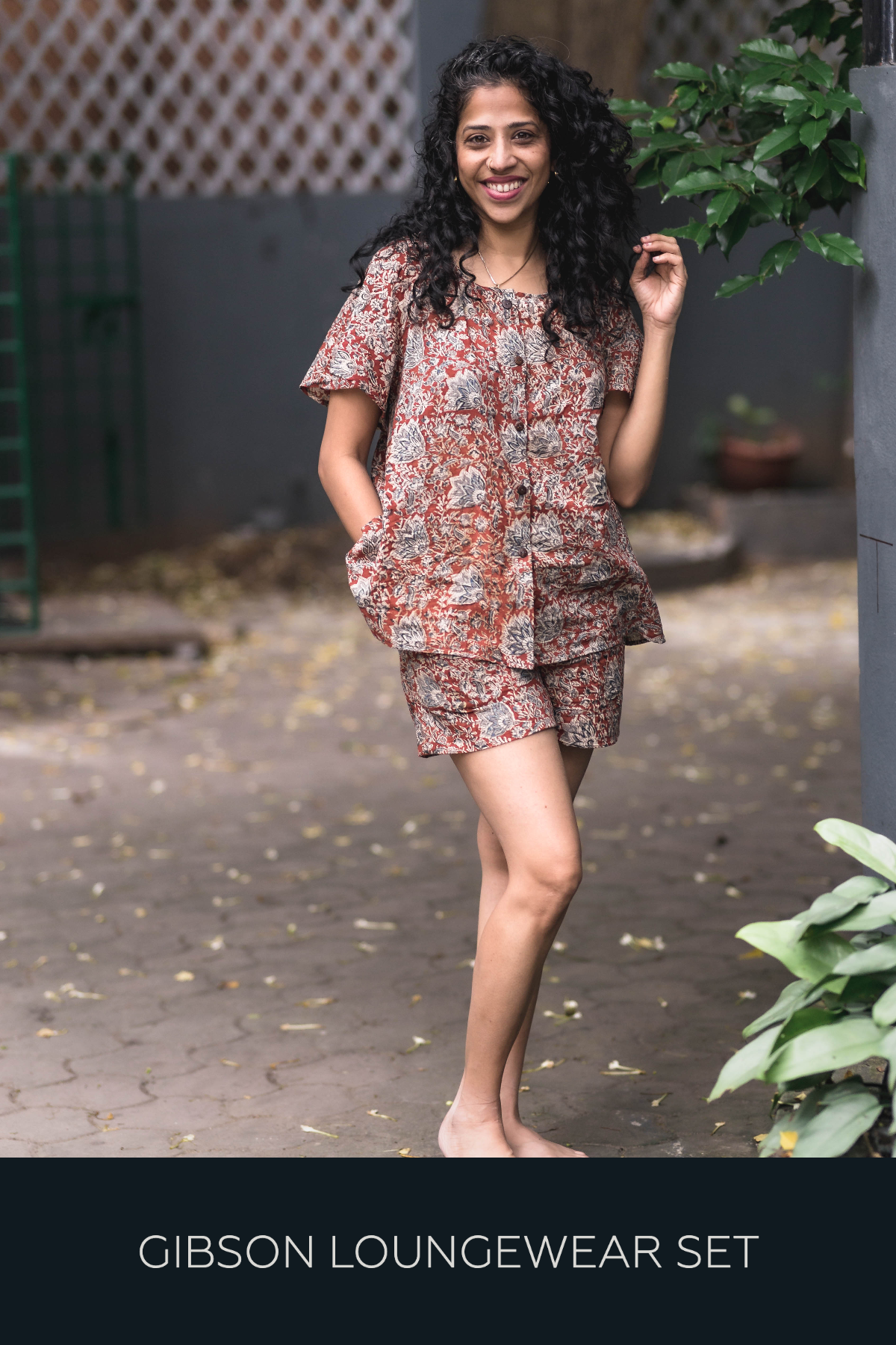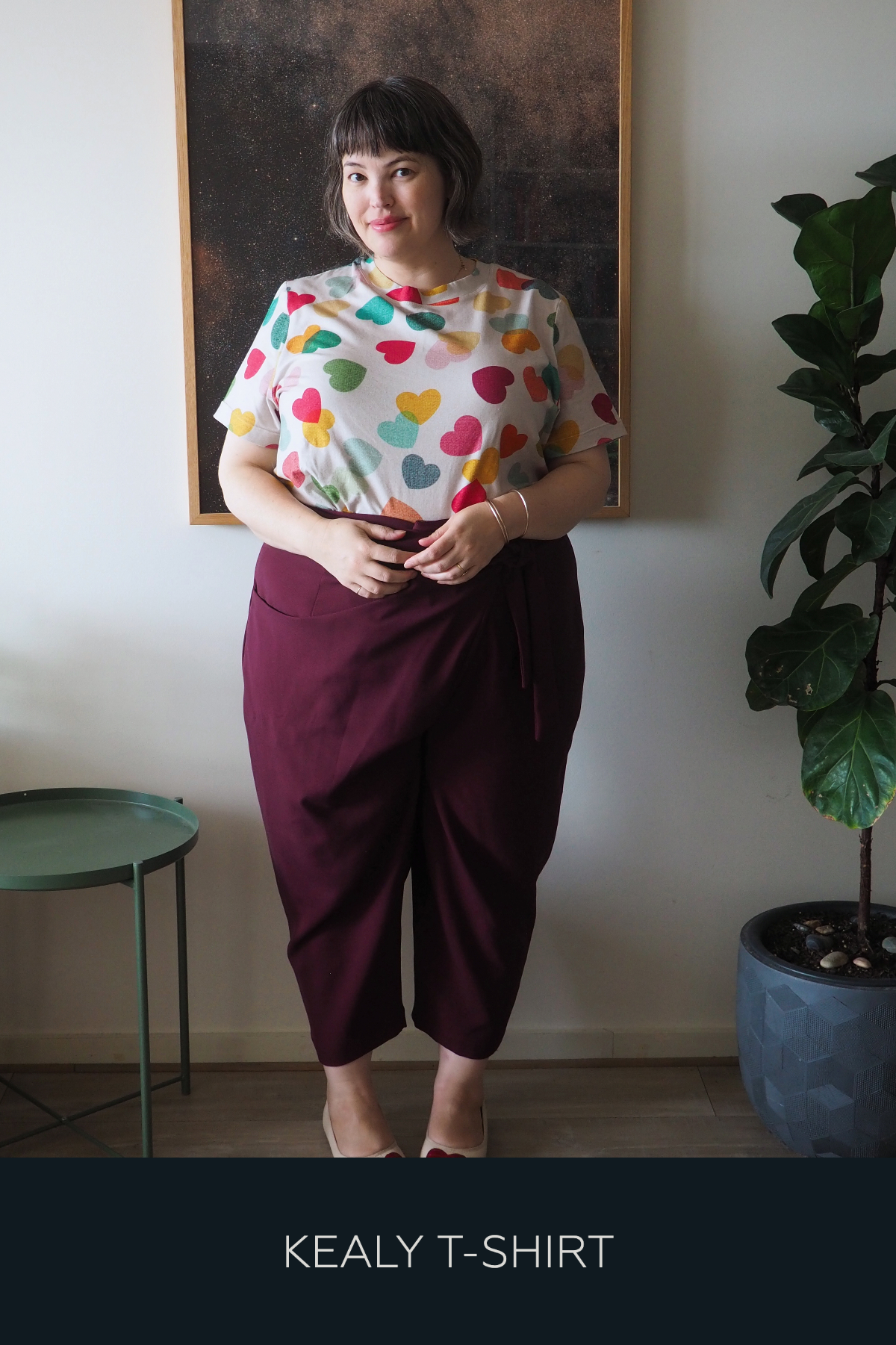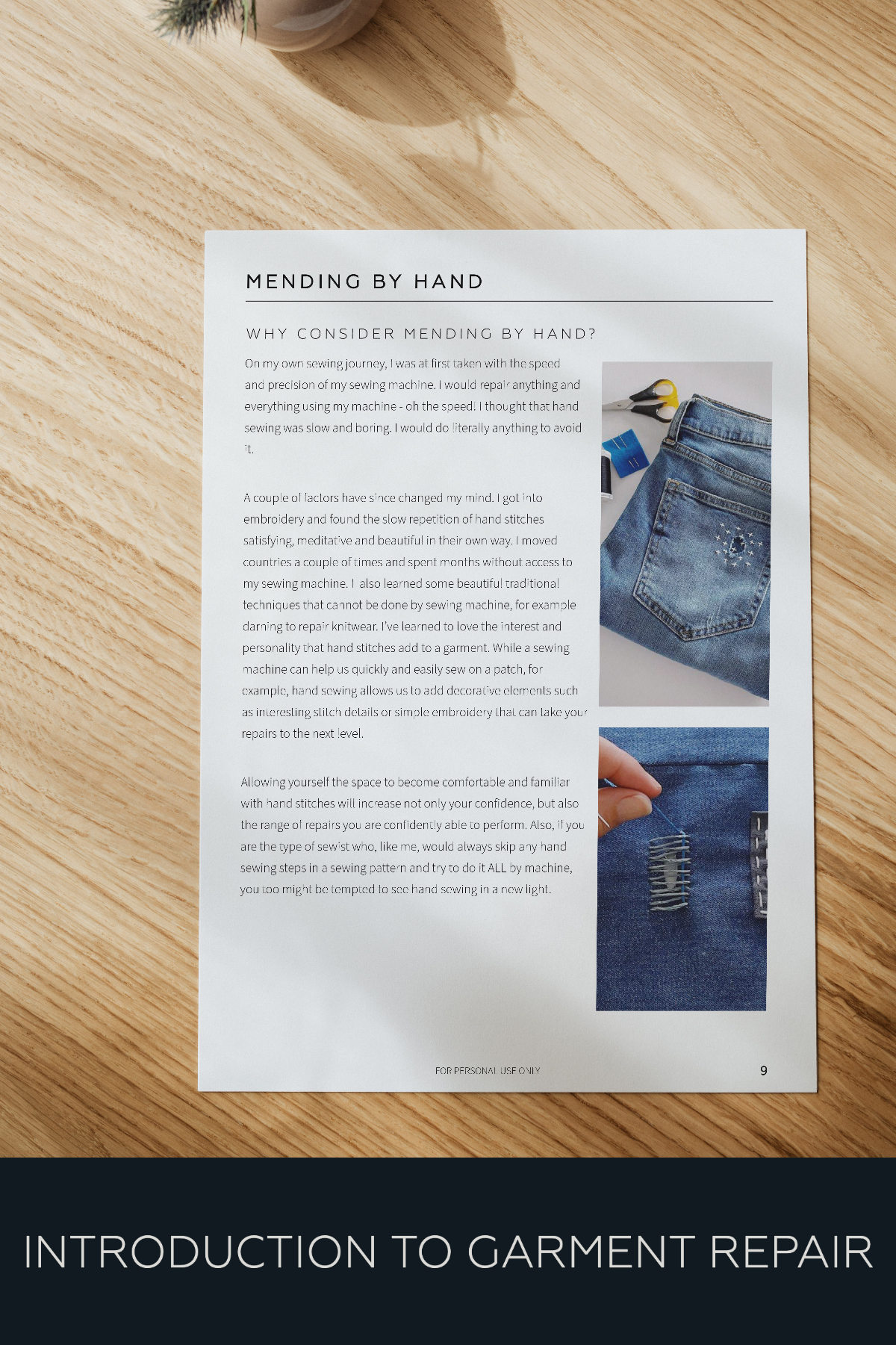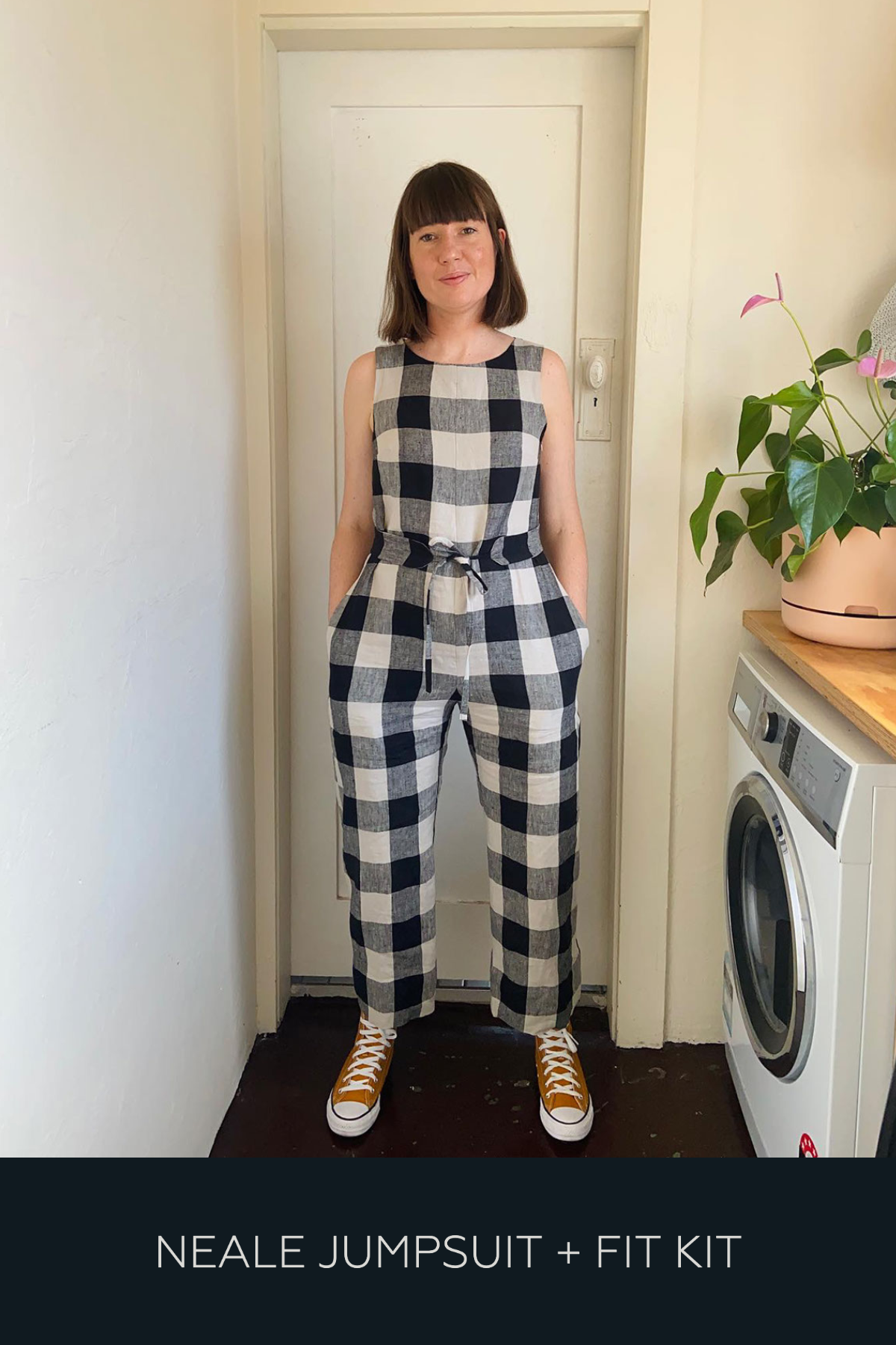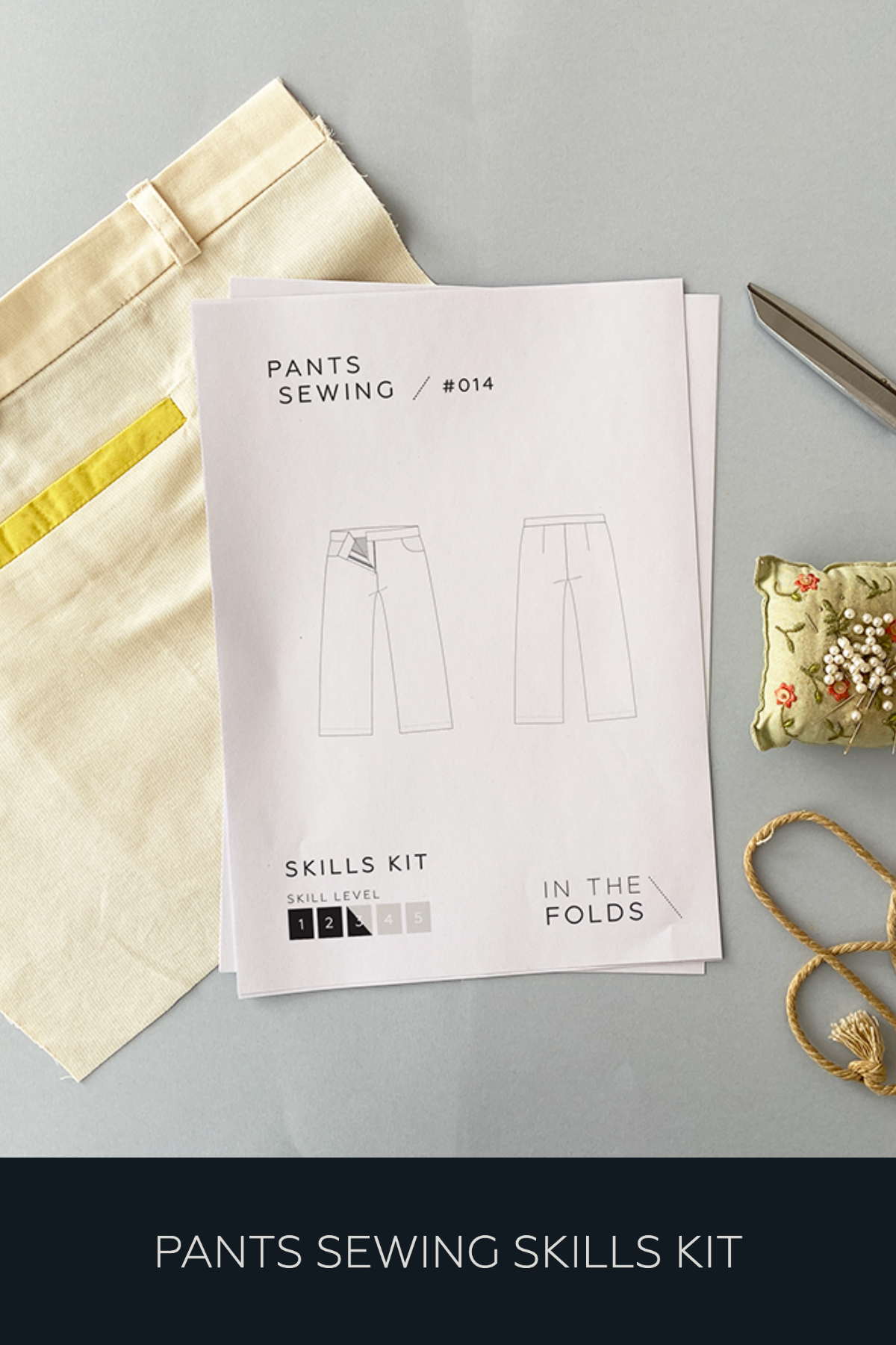Our latest pattern, the Malvern culottes, includes two waistband options - a straight all-in-one or an elasticated back. Since we’ve been asked a few times how to sew an elasticated back waistband, we thought we’d share our process, plus a few tips.
HOW MUCH ELASTIC DO YOU NEED?
The saying ‘How long is a piece of string?’ comes to mind when trying to answer this question because there are a few variables! And, as is often the case, we suggest trying and adjusting as you go, but here’s what you need to know to start with…
If you’re sewing a waistband with an elasticated back waistband, you won’t actually need a piece of elastic the length of half of your waist measurement, although this might be a good place to start.
Apart from your waist measurement, the amount of elastic required will also depend on where the side seams of the garment actually sit. For example, do they sit exactly on your side, or are they slightly to the back? On the Malvern culottes pattern, the waistband side seams align with the side pleats, and not the culottes side seams themselves, meaning that the back waistband section is actually smaller than the waist measurement halved.
Also, elastic stretches, so in order to make sure your pants stay up, you’ll need less than half your waist measurement. But because the stretch of elastic is variable, this is where you’ll need to test a length out, try your pants on and adjust accordingly.
We always advise getting more elastic than required, just to be safe! The leftovers can always be used on another project.
HOW TO SEW AN ELASTIC BACK WAISTBAND
Once you’ve figured out a starting length for your elastic, it’s time to start sewing! The waistband of your pants pattern should be attached and pressed, as below.
Step 1a
With your pants (in our case, the Malvern culottes) inside out, and the BACK facing up, lift the waist seam allowance out of the way.
Slide the elastic between the waistband and the seam allowance.
Place one end of the elastic 1cm (⅜in) past the waistband side seam towards the FRONT WAISTBAND.
The elastic needs to be sitting about 3mm (⅛in) above the waist seam. Pin in place.
Put a safety pin through the loose end of the elastic to give you something to grab ahold of when adjusting the elastic.
Step 1b
Turn the pants right side out and pin the elastic through the side seam. Remove the pins on the inside. Stitch in the ditch to secure.
build your sewing skills with a
curated by itf membership
Step 2a
Turn the pants inside out. Turn down the WAISTBAND so that the folded edge sits just past the waist stitch line. Pin in place starting at the front opening, enclosing the elastic inside at the back. Continue pinning until you get to the side seam on the other side (where the elastic is not attached yet).
Step 2b
When you are just past the side seam on the WAISTBAND, place a vertical pin through the WAISTBAND.
Step 3
Turn the pants right side out. Pin through the ditch along the bottom of the waistband. Stop pinning when you get to the vertical pin. Remove the pins from the inside. Stitch in the ditch or right next to the ditch on the WAISTBAND. Start at the vertical pin and sew the remainder of the waistband closed.
Step 4
Pull the elastic through to the side that is open using the safety pin. Check that the elastic is sitting flat and wiggle the elastic so that the end is sitting about 1cm (⅜in) past the WAISTBAND side seam. Pin in place and remove safety pin.
This is where we recommend trying on your pants to see how they fit. You can then adjust the elastic to get they fit you prefer!
Step 5
Turn the pants right side out. Pin the elastic through the WAISTBAND side seam. Remove the pins from the inside. Before securing the elastic, do a fit check, using pins to secure the waistband in the correct position. Adjust elastic length until they fit well. Stitch elastic in place through the ditch in the side seam.
And you’re done!
WHAT YOU’VE BEEN MAKING…
Hacked Peppermint Wide Leg pants made by @siobhansimper
Darlow pants by @janice.makes





